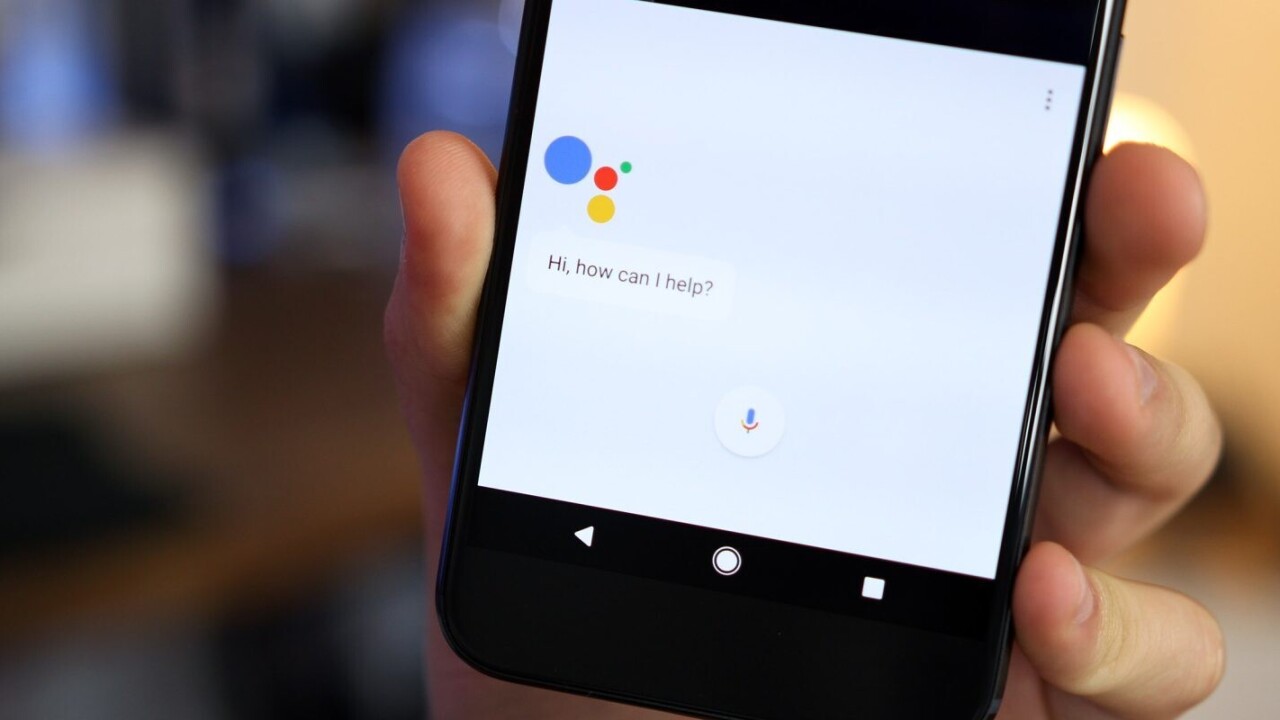
For business transformation to succeed, the whole of innovation must be greater than the progress of its parts. But in an era of digital Darwinism, as technology and society evolve faster than many businesses can keep up, it may be up to the “parts” to lead the way toward holistic business transformation.
Digital Darwinism doesn’t discriminate in selecting which companies survive, thrive or fade. Outcomes are dependent on the impact of business efforts. But experimentation and change have to start somewhere. One of the more promising areas for organizational innovation oftentimes starts in marketing with a boost from artificial intelligence and machine learning.
In my research exploring digital transformation and corporate innovation over the years, I’ve consistently found that marketing, with an emphasis on digital customer experience (DCX), is the spark that drives enterprise-wide innovation.
I learned that progressive experiments with emerging technologies such as AI and machine learning combined with modern, customer-centered campaigns, deliver notably better results, help strengthen skill sets and raise performance standards that set the benchmark for other groups to follow.
I was encouraged by a recent interview I read between Matt Lawson Director of Marketing, Performance Ads at Google and Elizabeth Spaulding, Partner and Global Head of Digital, Bain & Company over at Think With Google. In their conversation, they outline what could serve as a modern construct for business transformation with marketing and AI at the center.
As Spaulding explained, “Marketing technology is continuously advancing, and now with AI and machine learning, companies large and small are constantly rethinking the ways they operate.”
At the heart of this renaissance, are connected, mobile customers who are demanding more personal, relevant, and useful engagement. This gives way to what Google calls “the age of assistance.” It signifies an intelligent genre of customer engagement where brands must shift from marketing-centric, omni-channel campaigns to customer-centric, cross-channel engagement that’s assistive, useful and additive in nature.
For example, when a consumer reaches for their mobile device to start or continue their journey, they don’t want to see retargeting or generic value propositions or marketing messages. They’re expecting brands to know them and deliver content or steps that guide them along their journey in ways that are intuitive and personal.
Adviser brands will win in the age of assistance
In the last decade, the advancement of consumer-facing disruptive technologies have been profound. Mobile devices, social media, on demand services and apps, have forever changed consumer behaviors, preferences and values. They’re now curious, demanding and impatient. They expect more from brands to cater to their needs and lifestyle and aren’t going backward.
Now, customers want marketing to stop marketing at them and instead understand and guide them. They demand personalization. They value assistive engagement and useful content and click paths based on context, intent and efficiency.
Studying digital behaviors and investing in AI/machine learning represent substantial opportunities for marketers and businesses to not only modernize marketing, but also do so by adding value to customer experiences in the moments and ways that matter to them.
AI and machine learning are accelerating business transformation by driving new needs and capabilities and as a result, modern expertise. In fact, it’s allowing marketers to upgrade traditional marketing to emphasize precision and performance to reach the right user in the right moment on the right device with the right message.
More so, AI marketing is expanding marketing’s role into CX and customer journey efforts by intelligently offering the next best action (NBA), a customer-focused design strategy that considers the different actions that can be taken for a specific customer to help them take the path that’s right for them.
Spaulding shared why this is the time for AI-powered assistive marketing, “Consumers navigate across multiple channels, platforms, and media, and they’re leaving behind millions of signals about their intent, context, and identity.” She continued, “The problems marketers aim to solve and the data they are dealing with are complex. Machine learning is an effective approach to process all of that complexity at scale and surface the insights that matter to marketers.”
AI marketing fuses modern marketers with data science… more than big data
AI is driving marketers to modernize perspectives and skill sets. At the same time, it’s altering the dynamics of marketing departments to connect modern data inputs, machine learning, insights and strategy. Some of the most progressive organizations are building data science teams who can apply big data, via machine learning, to solve more than marketing, but also business problems. Bain research shows that leading companies are 3.2X more likely to have the right analytics talent embedded in marketing.
Wayfair, for example, has different marketing technology objectives supported by different analytics teams. Its direct response team, that focuses on acquisition and remarketing, and its brand team, have dedicated analytics and data science resources, as well as marketing engineering support. This allows them to quickly test, learn and iterate and then shift focus to new projects.
Spaulding referenced Domino’s technology investments as an example of marketing and data-led business transformation, “They’ve grown their workforce to include data scientists and engineers who collaborate with marketing to push the envelope in customer experiences.”
The age of assistance is upon us and it’s just getting started. Customers are sharing via their digital footprints, their intent and what it takes to help them. Processing and executing data at scale is difficult, if not impossible to manage. AI and machine learning represent keys to converting customer behaviors and expectations into assistive experiences
It’s what marketers do to understand what it means to be assistive and the technology they use to do so that counts for everything now.
While AI/machine learning may sound complex, even intimidating for today’s marketers, the reality, and the irony, is that intelligent machines are here to help you humanize marketing and make it more personal. As Google and Bain point out, successful organizations start with business objectives that are supported with a robust data strategy. “It gives the marketing team the experience and runway to build new muscle in the organization.” Spaulding shared.
AI and machine learning help marketers sharpen their expertise and also helps other groups do the same. This ultimately makes the “parts” of any business stronger and more capable. And as they collaborate and learn together, they contribute to the sum of business innovation and transformation.
Change has to start somewhere. Meaningful innovation stands at the intersection of disruptive technology and human-centered engagement. The most progressive companies are already investing in AI/machine learning and data science to drive human-centered business transformation in the age of assistance. And, that sets them ahead of digital Darwinism.
Get the TNW newsletter
Get the most important tech news in your inbox each week.




